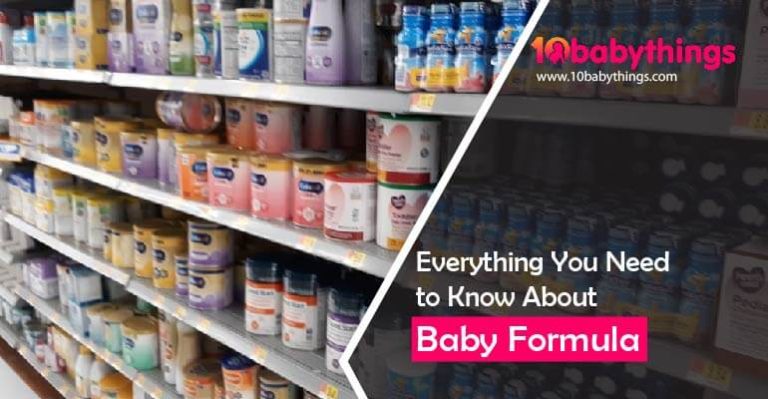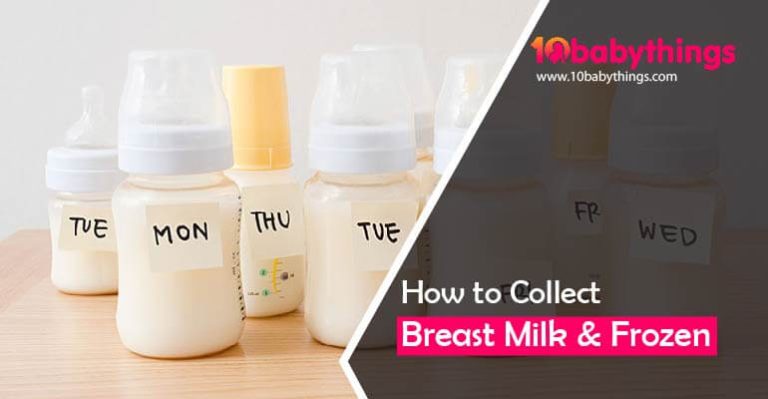Mixing Baby Formula Brands
Can you mix different baby formula brands together? The answer is maybe. Here’s what you need to know about mixing baby formula brands.
The basic ingredients of different formula brands are generally the same. Many parents worry that switching formula brands will result in fussiness or stool changes for their babies.
A mixture of different brands of the same type of formula may even make your baby feel better if you find that he responds better to it.
There is no right or wrong way to mix brands. It is a matter of personal preference. Formulas of the same type usually contain the same basic ingredients. It is safe to mix formula brands as long as you follow standard mixing instructions.
The benefits of switching formulas
There are many reasons why you may consider changing the formula of your baby. You might wonder if the formula is responsible for gassiness, poor sleep, or fussiness in your baby. There are also other factors that may encourage you to try something new, such as price, availability, and ease of preparation.
The following formula basics can help you make the switch or mixing baby formula brands, no matter what the reason might be.
Formulas containing cow’s milk and lactose (the carbohydrate and protein sources in most infant formulas) are milk-based, iron-fortified formulas. Among milk-based formulas, there is some variation in the proportions of whey and casein proteins. Oils provide the fats in these formulas.
Protein Types in Formulas
Proteins in baby formulas can be divided into three types.
- The most common protein is found in cow’s milk.
- When babies have allergies to casein or whey, which are two proteins found in cow’s milk, soy protein may be an option.
- It contains protein that has been broken down into smaller parts (also called elemental formulas). Typically, these formulas are used for babies who can’t digest intact proteins and are expensive, tasteless, and don’t taste very good.
Make sure you stick with the same protein type when switching to a new brand of formula. It is advisable to consult your doctor before switching formulas with different protein sources.
It’s not usually the type of protein in the formula that causes your baby to spit up or have excess gas. It is still possible to test if a particular brand reacts to a baby by switching between brands.
Taste is usually the most significant difference between formulas. A child may prefer one formula over another if he or she is picky about what they eat.
In most formula-fed babies, flavor is not usually a major concern because breast milk tastes different based on what a breastfeeding mother eats.
You can tell if your baby is allergic to formula by the following signs:
- Having diarrhea
- Cramps in the abdomen
- Vomit or stool containing blood
- Skin rashes or hives
Contact your pediatrician immediately if you notice any of these symptoms.
Experiment with formulas for your baby to ease concerns about allergies, burping, constipation, excess gas, or spitting up, but it isn’t necessary in most cases. It really depends on the personal preference of you and your baby. As long as they are healthy and do not show signs of true intolerance or allergy to formulas.
Safety Formulas
Food and Drug Administration (FDA) nutrient requirements must be met by all brands of baby formula on the market. It is important to remember that both brand-name and generic formulas must meet the same safety and nutrition requirements as both brand-name and generic formulas.
Any new container of formula should be checked for the expiration date at the store. Check the date before opening anything you ordered online to make sure it is not expired. When opening and mixing the formula, also take note of any off-odors, colors, or flavors.
The nutrition information on expired formulas can sometimes be altered when they are repackaged and sold by reputable retailers. When you feed your infant an older or different formula that does not contain the same ingredients as the current one, there could be serious consequences, particularly if your baby already has health concerns.
In the event that your baby’s formula seems to be giving him or her problems, it is recommended that you contact the formula manufacturer’s toll-free number on the container.
Each formula container comes with mixing instructions that need to be followed. Make sure you don’t assume the new formula will be exactly the same as your standard formula because it specifies the ratio of water to the powder.
Although watering down your baby’s formula may seem like a good way to save money, it is never a good idea. Most infants (depending on their age) only receive nutrition from formula (especially ready-to-feed).
Your baby’s growth and health may be affected if they consume too much water.
You must prepare each brand of formula separately if you intend to mix two different brands. This way, you can ensure that each concentration is correct. Your baby’s bottle should then be filled with both prepared formulas.
How to Mixing Baby Formula Brands
You probably will be advised to discontinue the old formula and switch to the new one immediately if you are switching formulas on your pediatrician’s advice (to a hypoallergenic formula because of an allergy, for example).
In the meantime, you can try Mix Baby Formula Brands if you’re switching for other reasons like price or convenience.
You have to give your baby a few feedings before they get used to the new formula.
If your baby doesn’t like the new formula, try gradual changes. Once your baby accepts three parts old to one part new, you can move to half-and-half.
You’ll eventually feed only the new formula if you keep changing the ratio. If you aren’t sure if you want to stick with it, you might want to buy a small container.
For gassiness concerns, you can stick with one brand for at least a week or two so you can see if any changes are noticed in gas, stool, burping, or spit-up. You need to give your baby this much time to adapt to the new diet so that it works for him.
It is possible to stick with one brand in the long run. Even if cost and convenience are what drives your decision.






